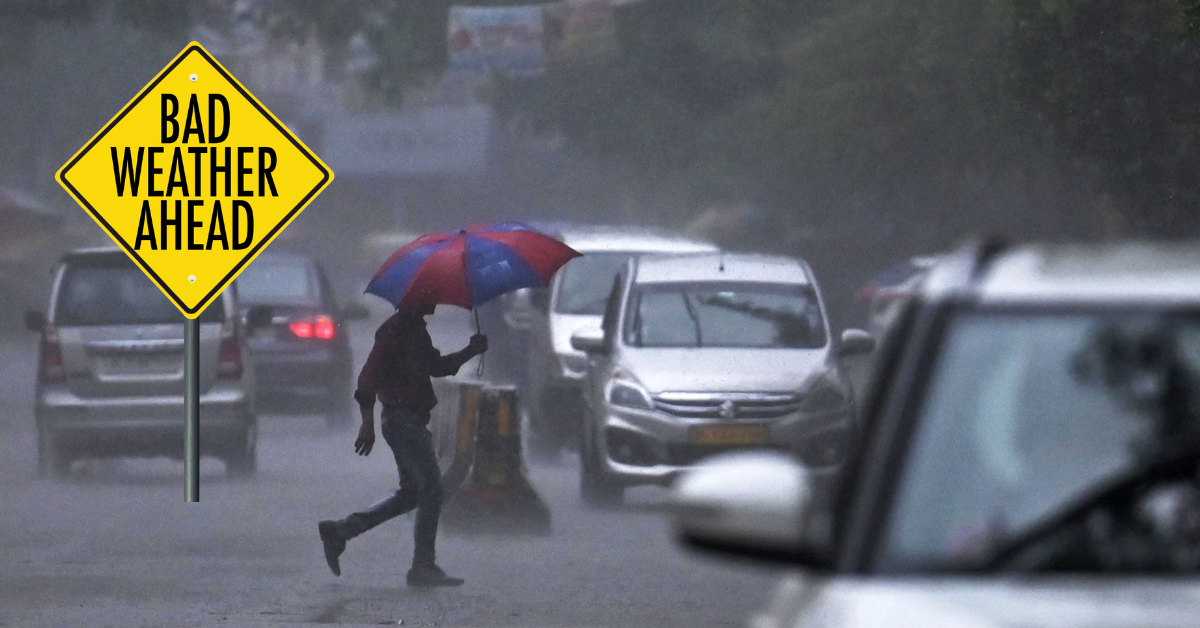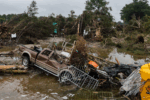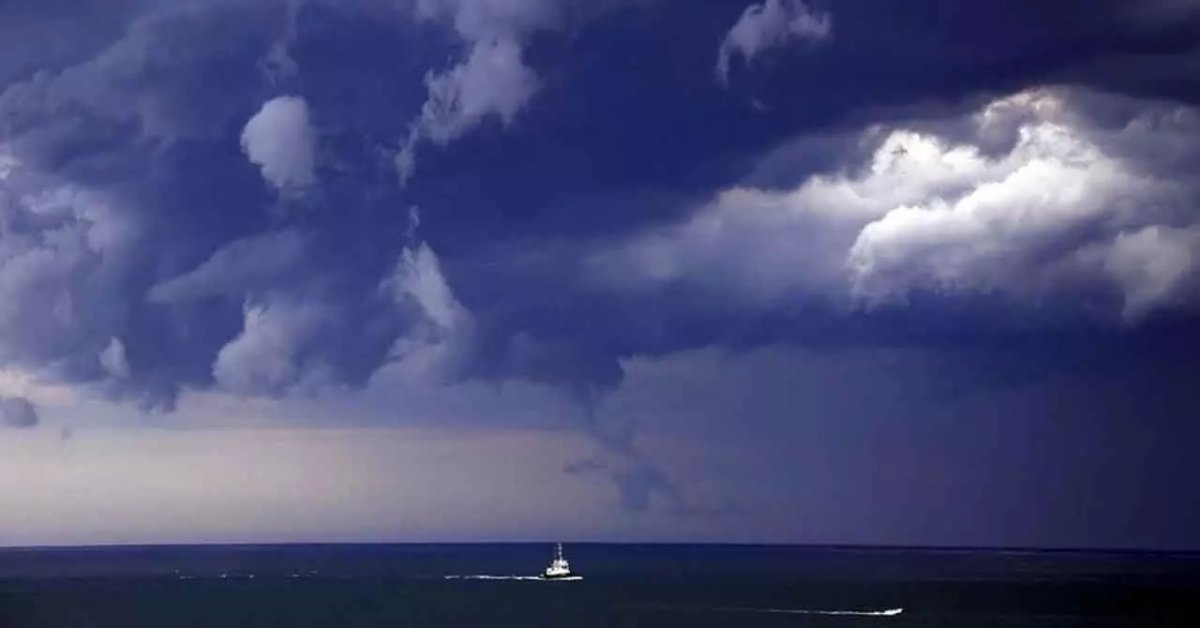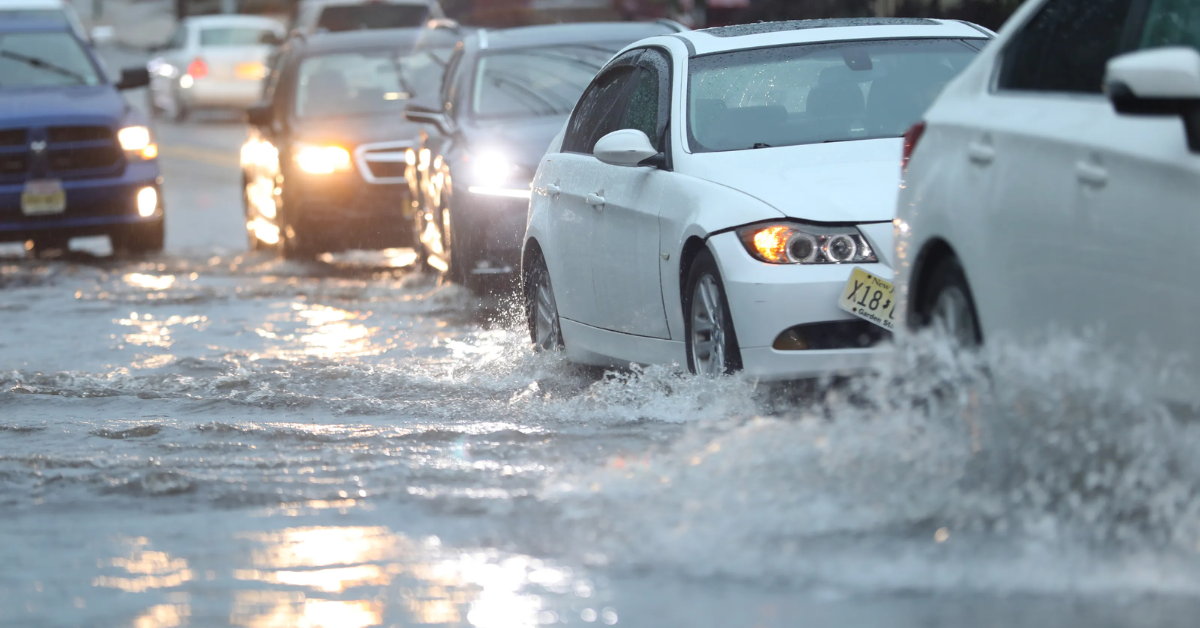The World Meteorological Organization (WMO) has recently issued a warning about the emergence of a La Niña event, which could significantly influence weather patterns across the United States during the fall and winter seasons. La Niña is a natural climate phenomenon characterized by cooler-than-average sea surface temperatures in the central and eastern Pacific Ocean. This event often leads to distinct weather changes that affect various parts of the globe, including North America.
Understanding La Niña’s impact is important, especially for younger audiences and anyone interested in how seasonal weather shifts might affect daily life. The WMO’s forecasts suggest that this developing La Niña could bring colder, wetter conditions to some U.S. regions, while others may experience drier and warmer weather than usual. Knowing what to expect can help millions prepare for the upcoming months.
What is La Niña and How Does It Affect Weather?
La Niña is the cool phase of the El Niño-Southern Oscillation (ENSO) cycle. It occurs when Pacific Ocean sea surface temperatures drop below average, altering atmospheric circulation. These changes influence global weather, especially in North and South America. For the U.S., La Niña often means colder winters in the northern states and milder, drier winters in the south.
According to the World Meteorological Organization, emerging La Niña conditions typically last for several months. This pattern can affect precipitation, temperature, and storm activity, impacting farming, water resources, and daily life. Farmers, businesses, and policymakers closely watch these forecasts to reduce risks caused by unusual weather.
Expected Impact on U.S. Fall and Winter Weather
The WMO’s recent report suggests that the falling ocean temperatures linked to La Niña could bring wetter conditions to the Pacific Northwest and northern states. Meanwhile, the southern U.S. may experience warmer and drier weather, which could heighten wildfire risks during the fall and winter. The northern states might also see heavier snowfall, impacting transportation and energy usage.
The National Oceanic and Atmospheric Administration (NOAA) has emphasized that residents in areas prone to La Niña impacts should stay alert. This includes preparing for possible disruptions caused by storms, cold snaps, or wildfires. Understanding La Niña’s influence helps individuals and communities take practical steps for safety and planning.
How Can People Prepare for La Niña Effects?
Preparing for La Niña means staying informed with reliable weather updates and being ready for sudden changes. For younger people, paying attention to school alerts, travel advisories, and local news helps avoid inconvenient or dangerous weather surprises. Families should consider simple steps like winterizing homes, ensuring heating systems work well, and stocking emergency supplies.
Farmers and outdoor workers need to monitor weather warnings to protect crops and plan activities. Water conservation measures might be necessary in drier southern regions to prevent shortages. Businesses can also benefit by adjusting operations and stocking necessary goods in anticipation of supply disruptions caused by extreme weather.
Global Implications of La Niña Beyond the U.S.
While the focus is often on the U.S., La Niña influences weather worldwide. Countries in Asia, Australia, and South America also experience shifts in rainfall and temperature. For example, La Niña can lead to wetter conditions in parts of Australia but droughts in some regions of South America. This international connection shows how global climates are linked.
The WMO and other agencies like NOAA Climate.gov provide updates and detailed explanations about these patterns. Learning more about La Niña helps people worldwide understand weather risks and the impact of climate cycles on their environment and economy.
Conclusion: Staying Aware and Ready This Fall and Winter
The World Meteorological Organization’s warning about an emerging La Niña underscores the need for awareness and preparation as the U.S. heads into the fall and winter seasons. Weather patterns influenced by this phenomenon can vary widely but usually mean noticeable changes that affect millions of lives. Staying informed through trusted sources like the WMO and NOAA is critical.
By understanding how La Niña works and its potential impacts, especially on younger audiences new to climate science, people can take simple but important steps to stay safe and comfortable. Whether it is preparing for colder winters, managing wildfire risks, or conserving water, the key is to stay ready and informed.







